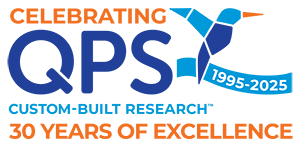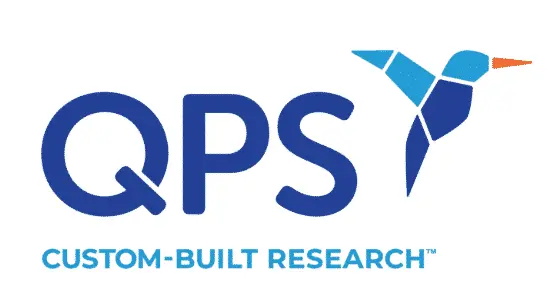For clinical trial sponsors, site identification and qualification represent pivotal early-stage decisions that significantly impact the overall success (including timeline and cost) of a study. A carefully executed site selection strategy ensures that trials are conducted efficiently, in compliance with regulations, and with a high likelihood of meeting recruitment and data quality targets. Selecting the right sites ensures that trials are conducted efficiently, ethically, and in compliance with regulatory requirements is of paramount importance.
1. Site Identification: Strategic Matching of Site to Study
As a trusted Contract Research Organization, we specialize in the strategic identification and rigorous qualification of clinical trial sites tailored to meet each study’s unique protocol, timeline, and therapeutic focus. Our comprehensive approach integrates global site databases, feasibility assessments, investigator engagement, and historical performance metrics to ensure optimal site selection. The first step is to identify potential sites that align closely with the study protocol and therapeutic area. This process requires more than just locating sites with the right infrastructure—it involves evaluating the experience and qualifications of investigators, their familiarity with relevant indications, and their track record in similar trials. Assessing the site’s access to the target patient population is just as important, as it directly influences recruitment timelines and success.
It is also critical to consider logistical factors such as the local population demographics, the site’s historical regulatory performance, relevant regulatory and ethics board processes, and operational capacity. A site with prior success in similar trials is likely to deliver more consistent performance, improving the trials’ chances of success.
Factors considered include:
- Investigator experience and qualifications
- Past performance in similar trials
- Patient population availability
- Site location and infrastructure
- Regulatory and ethics board familiarity
2. Site Feasibility Assessment: Data-Driven Decision-Making
Our Clinical Study Feasibility services empower QPS with the critical insights needed to design smarter, more efficient trials from the start by combining data-driven analytics and global site intelligence to assess protocol viability, patient availability, site suitability, and the regulatory landscape. Once potential sites are shortlisted, the feasibility assessment phase helps to gather detailed operational and clinical data to inform selection decisions. This includes feasibility questionnaires, direct interviews with key site personnel, and evaluations of historical enrollment metrics. This step helps determine whether a site can conduct the study. QPS typically uses feasibility questionnaires to gather detailed information about the site’s capabilities. These questionnaires may be followed by interviews with key site personnel and a review of the site’s historical recruitment data. The goal is to evaluate whether the site has the appropriate staff, facilities, and equipment necessary to meet enrollment goals within expected timelines and manage protocol complexity successfully.
High-performing sites will demonstrate adequate staffing, streamlined workflows, established standard operating procedures SOPs, and access to necessary equipment and facilities. Sites that cannot provide concrete feasibility data are deprioritized as they may represent a higher operational risk.
This assessment typically involves:
- Feasibility questionnaires
- Interviews with site staff
- Review of historical recruitment data
- Evaluation of site capabilities and equipment
3. Site Qualification Visit (SQV): Risk Mitigation
A Site Qualification Visit (SQV)—also known as a Pre-Study Visit (PSV) – is a critical step in clinical research used to evaluate whether a site is suitable and capable of conducting a specific clinical trial and offers an opportunity to perform an in-depth evaluation of the site to verify and validate feasibility findings through an in-person or virtual review. During this visit, QPS assesses whether the facilities and resources are fully equipped to support protocol requirements. We also verify that the staff is properly trained, that SOPs are in place, and that documentation practices comply with regulatory expectations and to ensure the site is inspection-ready from day one.
An effective SQV also helps preempt issues that could lead to deviations, delays, or audit findings later in the trial. It allows sponsors to address concerns early, align expectations with site teams, and ensure compliance standards are met.
During a Site Qualification Visit, QPS verifies:
- The site's facilities and equipment are suitable for the protocol
- Staff are trained and capable of conducting the study and understand Good Clinical Practices (GCP)
- There’s an adequate patient population that matches the study’s inclusion/exclusion criteria.
- The site is familiar with regulatory requirements, documentation, and protocol expectations.
- The site has proper documentation and SOPs
- Any potential risks to recruitment or compliance
4. Final Site Selection: Choosing Sites for Performance and Value
A strong site selection strategy balances speed, quality, patient access, and compliance. The right sites can accelerate timelines, reduce protocol deviations, and enhance data integrity – making it a cornerstone of clinical trial success. After gathering and analyzing all relevant data, the final site selection process involves a comprehensive evaluation of each site’s feasibility, capabilities, recruitment potential, and overall cost-effectiveness. Selecting the most appropriate sites is crucial to keeping studies on track and within budget. Sites that are most aligned with the sponsor’s goals—such as those with a proven ability to enroll quickly, maintain data quality, and manage compliance proactively—will be prioritized.
By selecting the right sites, sponsors can minimize mid-trial disruptions, avoid recruitment shortfalls, and reduce the need for costly mitigation strategies. Effective site selection is not just an operational necessity—it’s a strategic investment in the success of the study.
After evaluating all criteria, the most suitable sites are selected based on:
- Feasibility and capacity
- Regulatory and compliance readiness
- Recruitment potential and timelines
- Cost considerations
Site Identification: Strategic Matching of Site to Study
As a trusted Contract Research Organization, we specialize in the strategic identification and rigorous qualification of clinical trial sites tailored to meet each study’s unique protocol, timeline, and therapeutic focus. Our comprehensive approach integrates global site databases, feasibility assessments, investigator engagement, and historical performance metrics to ensure optimal site selection. The first step is to identify potential sites that align closely with the study protocol and therapeutic area. This process requires more than just locating sites with the right infrastructure—it involves evaluating the experience and qualifications of investigators, their familiarity with relevant indications, and their track record in similar trials. Assessing the site’s access to the target patient population is just as important, as it directly influences recruitment timelines and success.
It is also critical to consider logistical factors such as the local population demographics, the site’s historical regulatory performance, relevant regulatory and ethics board processes, and operational capacity. A site with prior success in similar trials is likely to deliver more consistent performance, improving the trials’ chances of success.
Factors considered include:
- Investigator experience and qualifications
- Past performance in similar trials
- Patient population availability
- Site location and infrastructure
- Regulatory and ethics board familiarity
Site Feasibility Assessment: Data-Driven Decision-Making
Our Clinical Study Feasibility services empower QPS with the critical insights needed to design smarter, more efficient trials from the start by combining data-driven analytics and global site intelligence to assess protocol viability, patient availability, site suitability, and the regulatory landscape. Once potential sites are shortlisted, the feasibility assessment phase helps to gather detailed operational and clinical data to inform selection decisions. This includes feasibility questionnaires, direct interviews with key site personnel, and evaluations of historical enrollment metrics. This step helps determine whether a site can conduct the study. QPS typically uses feasibility questionnaires to gather detailed information about the site’s capabilities. These questionnaires may be followed by interviews with key site personnel and a review of the site’s historical recruitment data. The goal is to evaluate whether the site has the appropriate staff, facilities, and equipment necessary to meet enrollment goals within expected timelines and manage protocol complexity successfully.
High-performing sites will demonstrate adequate staffing, streamlined workflows, established standard operating procedures SOPs, and access to necessary equipment and facilities. Sites that cannot provide concrete feasibility data are deprioritized as they may represent a higher operational risk.
The assessment typically involves:
- Feasibility questionnaires
- Interviews with site staff
- Review of historical recruitment data
- Evaluation of site capabilities and equipment
Site Qualification Visit (SQV): Risk Mitigation
A Site Qualification Visit (SQV)—also known as a Pre-Study Visit (PSV) – is a critical step in clinical research used to evaluate whether a site is suitable and capable of conducting a specific clinical trial and offers an opportunity to perform an in-depth evaluation of the site to verify and validate feasibility findings through an in-person or virtual review. During this visit, QPS assesses whether the facilities and resources are fully equipped to support protocol requirements. We also verify that the staff is properly trained, that SOPs are in place, and that documentation practices comply with regulatory expectations and to ensure the site is inspection-ready from day one.
An effective SQV also helps preempt issues that could lead to deviations, delays, or audit findings later in the trial. It allows sponsors to address concerns early, align expectations with site teams, and ensure compliance standards are met.
During a Site Qualification Visit, QPS verifies:
- The site's facilities and equipment are suitable for the protocol
- Staff are trained and capable of conducting the study and understand Good Clinical Practices (GCP)
- There’s an adequate patient population that matches the study’s inclusion/exclusion criteria.
- The site is familiar with regulatory requirements, documentation, and protocol expectations.
- The site has proper documentation and SOPs
- Any potential risks to recruitment or compliance
Final Site Selection: Choosing Sites for Performance and Value
A strong site selection strategy balances speed, quality, patient access, and compliance. The right sites can accelerate timelines, reduce protocol deviations, and enhance data integrity – making it a cornerstone of clinical trial success. After gathering and analyzing all relevant data, the final site selection process involves a comprehensive evaluation of each site’s feasibility, capabilities, recruitment potential, and overall cost-effectiveness. Selecting the most appropriate sites is crucial to keeping studies on track and within budget. Sites that are most aligned with the sponsor’s goals—such as those with a proven ability to enroll quickly, maintain data quality, and manage compliance proactively—will be prioritized.
By selecting the right sites, sponsors can minimize mid-trial disruptions, avoid recruitment shortfalls, and reduce the need for costly mitigation strategies. Effective site selection is not just an operational necessity—it’s a strategic investment in the success of the study.
After evaluating all criteria, the most suitable sites are selected based on:
- Feasibility and capacity
- Regulatory and compliance readiness
- Recruitment potential and timelines
- Cost considerations

Why Choose QPS?
Our Site Selection Process Sets You Up for Success
Clinical trial site identification and qualification are foundational components of a well-run study. For sponsors, a thoughtful, data-informed approach to site identification and qualification pays dividends throughout the clinical trial lifecycle. By partnering with the right sites from the outset, QPS can achieve faster timelines, better data, and a smoother path to regulatory approval.
A rigorous approach to selecting and qualifying sites not only supports recruitment and protocol adherence but also contributes significantly to the overall success and integrity of the trial. In an increasingly competitive research environment, investing time and resources into site qualification is not optional – it’s essential to trial success.
At QPS, we know that successful trials start with the right sites. Our proven, data-driven site selection strategy is a key reason sponsors trust us to deliver high-quality results – on time and on budget.
Let us help you build a smarter, faster, and more reliable trial from day one.






